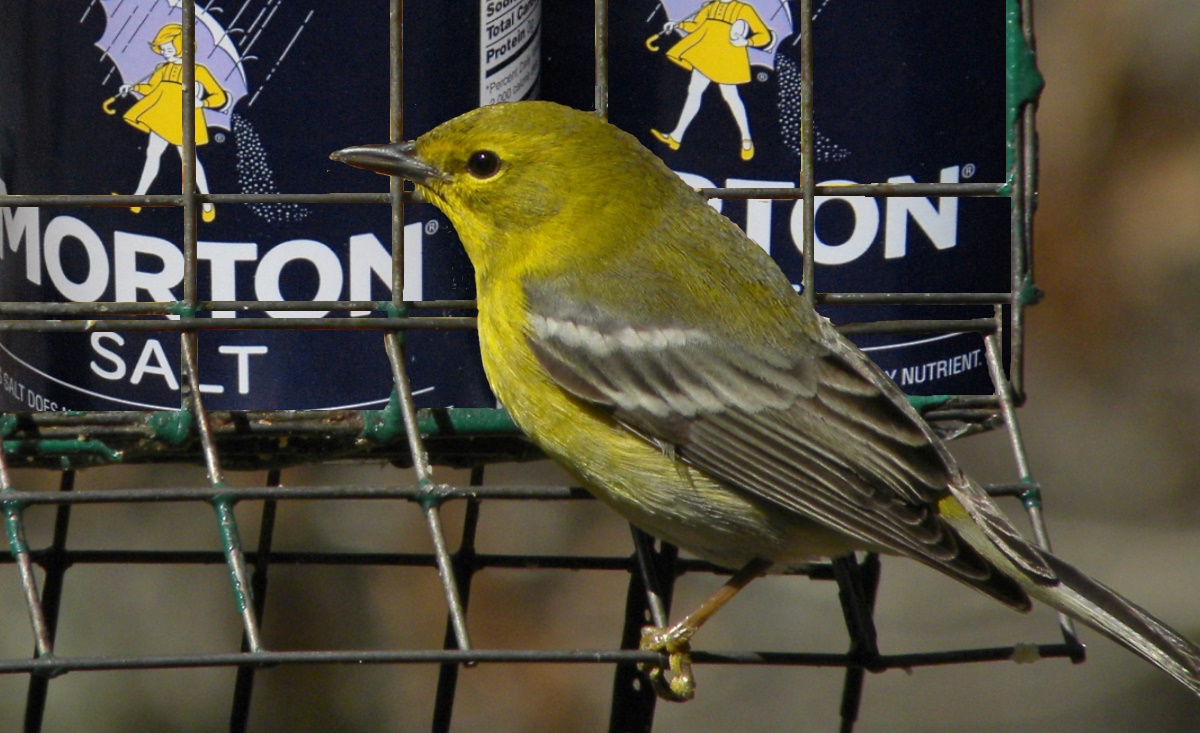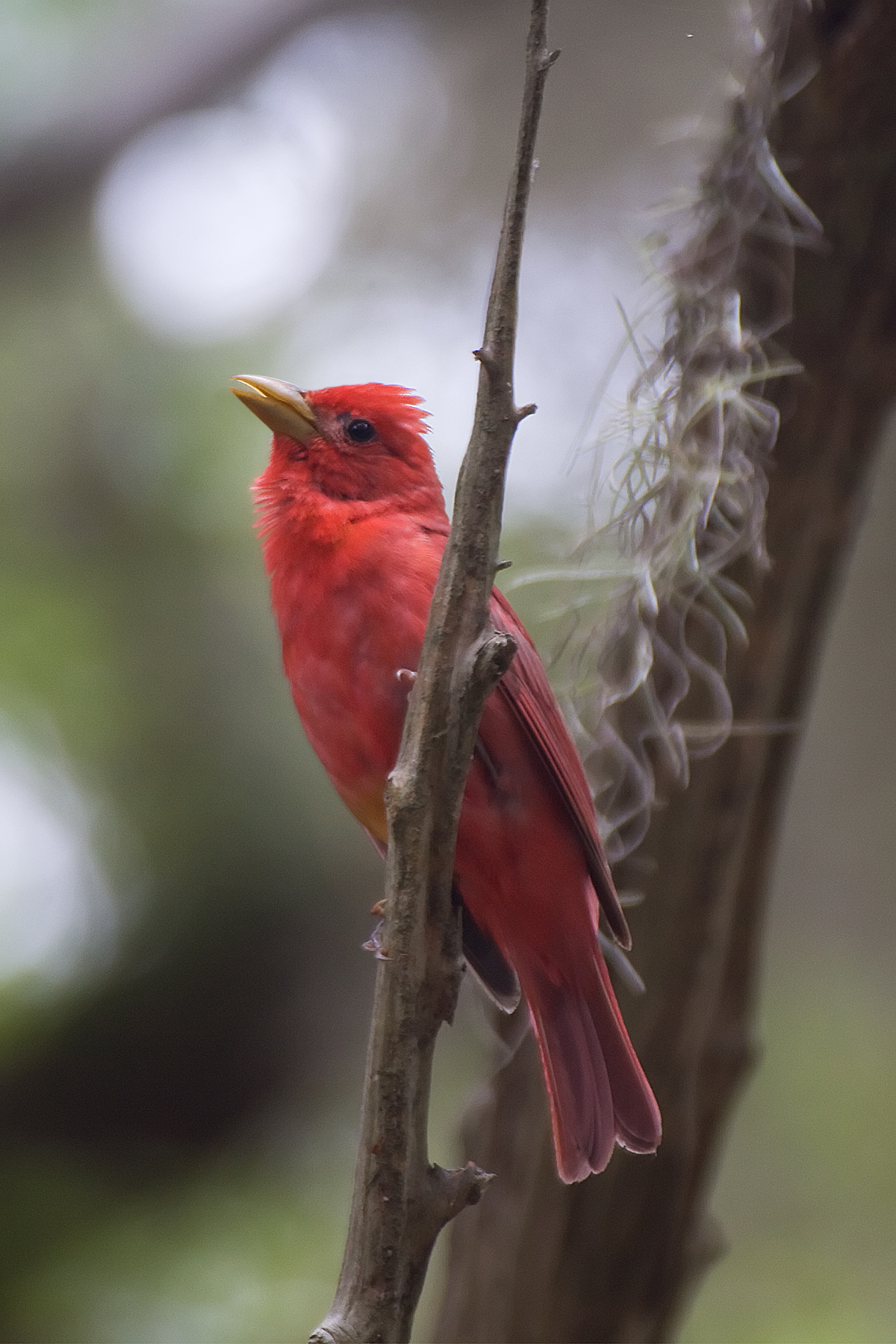Out My Backdoor: Bird-feeding Problems
By Terry W. Johnson
Chances are, if you are reading this column, one of your favorite winter pastimes is feeding birds. As such, each year you spend hundreds of dollars on feeders and foods in hopes of attracting birds within easy viewing distance of your home.
So far, much of winter 2015-2016 has been disappointing for those of us who enjoy seeing white-throated sparrows, cardinals, dark-eyed juncos and a host of others dining at our backyard bird cafes.


